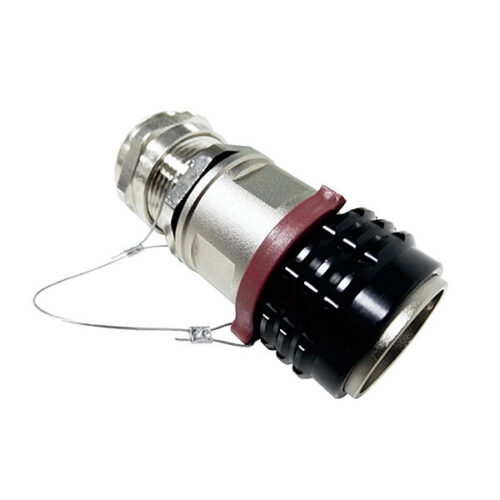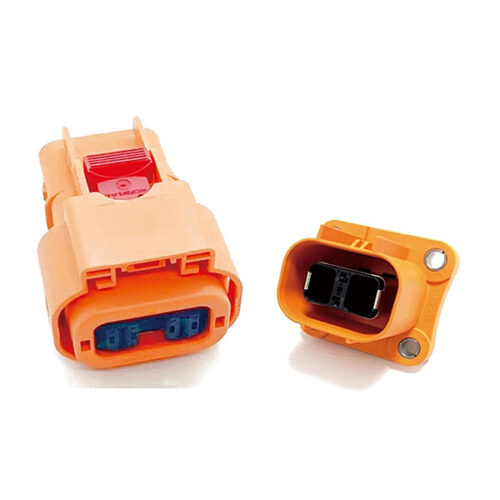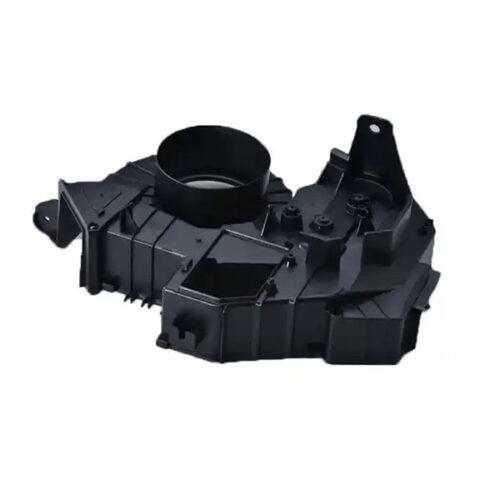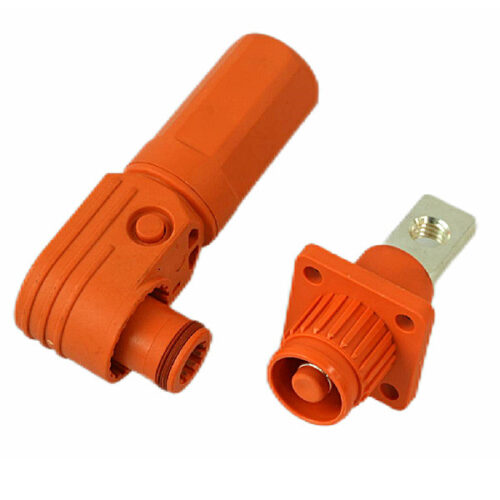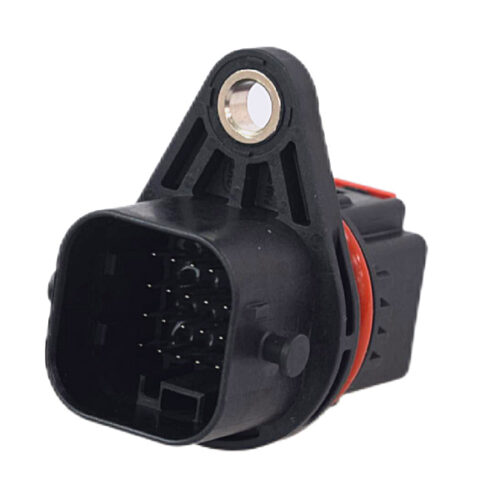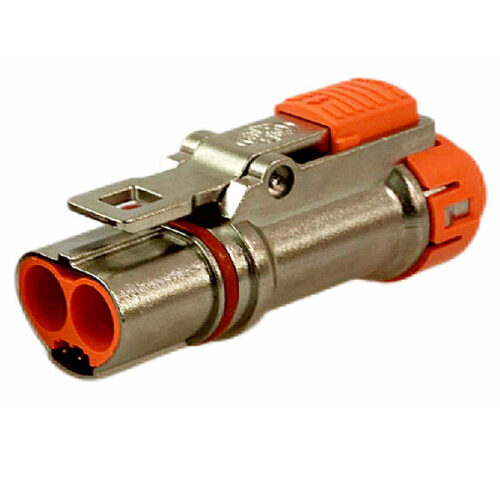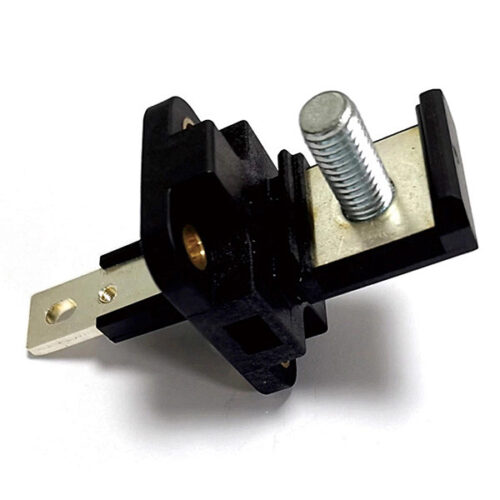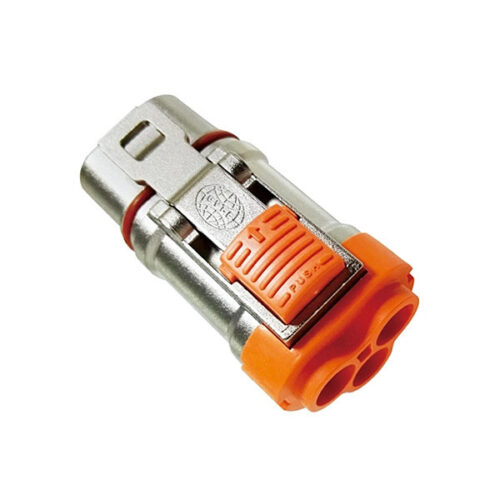Blogs & News
We are focus on automotive wiring harness & connectors technology.
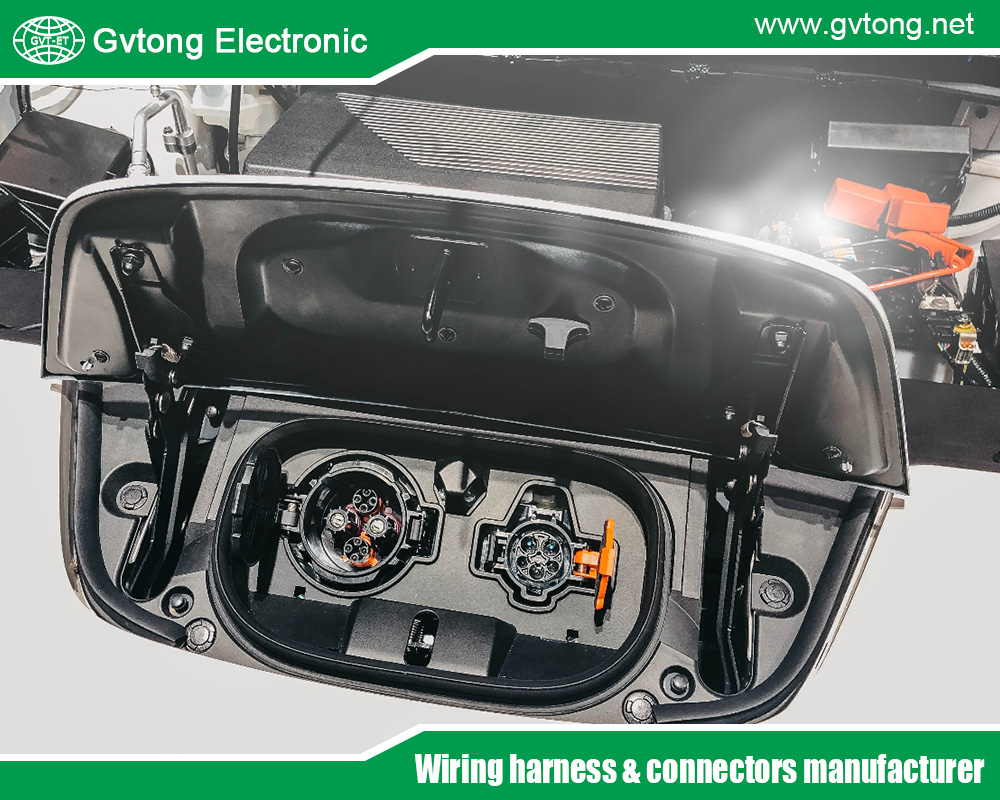
The Ultimate Guide to the Pros and Cons of Mobile Automotive Diagnostic Services
- Gvtong Electronic
- ADAS sensor connectors, Anti-vibration automotive connectors, Automated assembly connectors, automotive diagnostic, automotive diagnostic connector, automotive diagnostic connector manufacturer, automotive diagnostic connector supplier, automotive high - frequency, automotive High voltage connector, Automotive shielded connectors, automotive waterproof connectors, Automotive-grade AEC-Q200 connectors, Battery management system (BMS) connectors, Blind-mate automotive connectors, Cost-effective automotive connectors, EV charging connectors, Fuel cell connectors, Halogen-free automotive connectors, High-speed data connectors, High-temperature resistant connectors, In-cabin infotainment connectors, Lightweight automotive connectors, Low-contact resistance connectors, mobile automotive connector, mobile automotive diagnostic, Modular automotive connectors, Multi-variation connectors, OEM-specific connectors, Oil-resistant automotive connectors, Pre-charge/discharge connectors, pros and cons of mobile automotive diagnostic, pros and cons of mobile automotive diagnostic services, Quick-fit automotive connectors, Recyclable material connectors, Redundant safety connectors, Thermal management connectors, V2X communication connectors, Wireless charging connectors
- No Comments
The Ultimate Guide to the Pros and Cons of Mobile Automotive Diagnostic Services
In an era where convenience and efficiency are paramount, mobile automotive diagnostic services have emerged as a game-changer in vehicle maintenance. These services bring professional diagnostic tools and expertise directly to a customer’s location, whether at home, work, or even a roadside emergency. By leveraging advanced diagnostic equipment, mobile technicians can identify vehicle issues quickly, saving time and reducing the hassle of traditional repair shop visits. However, like any innovation, mobile automotive diagnostics come with both advantages and limitations. This 2,000-word article explores the pros and cons of mobile automotive diagnostic services, providing a comprehensive guide for vehicle owners considering this modern approach to car care.
Introduction to Mobile Automotive Diagnostic Services
Mobile automotive diagnostic services involve professional technicians traveling to a customer’s location with specialized diagnostic tools, such as OBD-II (On-Board Diagnostics) scanners, to assess vehicle performance and identify issues. Unlike traditional repair shops, where vehicles must be driven or towed, mobile services offer on-the-spot diagnostics, often followed by minor repairs or recommendations for further service. These services cater to busy individuals, fleet managers, and those facing unexpected breakdowns, promising convenience and flexibility.
The rise of mobile diagnostics reflects broader trends in automotive care, driven by advancements in diagnostic technology and a growing demand for customer-centric solutions. Companies like AutoZone, YourMechanic, and independent mobile technicians have popularized this model, offering services ranging from check engine light diagnostics to complex electrical system analyses. But is this approach the right fit for every vehicle owner? By examining the pros and cons, we’ll uncover the benefits, challenges, and practical considerations of mobile automotive diagnostics.

Pros of Mobile Automotive Diagnostic Services
Mobile automotive diagnostic services offer a range of benefits that appeal to modern vehicle owners. Below are the key advantages, supported by practical examples and insights.
- Unmatched Convenience
One of the most significant advantages of mobile diagnostics is the convenience of having a technician come to you. Whether you’re at home, work, or stranded on the roadside, mobile services eliminate the need to drive to a repair shop or arrange for a tow. This is particularly valuable for busy professionals, parents, or those with tight schedules.
For example, imagine a working parent whose car’s check engine light comes on during the morning school drop-off. Instead of rearranging their day to visit a shop, they can schedule a mobile diagnostic technician to visit their workplace parking lot. The technician scans the vehicle, identifies a faulty oxygen sensor, and provides a report—all without disrupting the owner’s day. This level of convenience is a major draw, especially in urban areas where time is at a premium.
- Time Savings
Mobile diagnostics save time by streamlining the diagnostic process. Traditional shops often require appointments, long wait times, and sometimes hours spent in a waiting room. Mobile technicians, however, arrive equipped to diagnose issues quickly, often completing the process in under an hour. Many services, like YourMechanic, emphasize rapid response times, with same-day or next-day availability in many areas.
This efficiency extends to fleet managers, who can have entire fleets diagnosed on-site without downtime from transporting vehicles. For instance, a delivery company can schedule mobile diagnostics during off-hours, ensuring vehicles remain operational while issues are identified and prioritized for repair.
- Cost-Effectiveness for Diagnostics
While repair costs vary, mobile diagnostic services often have lower overhead than brick-and-mortar shops, which can translate to competitive pricing. Diagnostic fees typically range from $50 to $150, depending on the complexity and location, compared to shop rates that may include additional labor or facility fees. Some mobile services, like those offered through AutoZone’s Fix Finder, provide free basic diagnostics, with costs only for subsequent repairs.
Additionally, mobile diagnostics prevent unnecessary repairs by pinpointing the exact issue. For example, a check engine light might indicate anything from a loose gas cap to a failing catalytic converter. A mobile technician’s precise diagnosis ensures owners only pay for what’s needed, avoiding the “guess and replace” approach some shops employ.
- Accessibility for Remote or Emergency Situations
Mobile diagnostics are a lifeline for drivers in remote areas or during emergencies. If a vehicle breaks down far from a repair shop, a mobile technician can provide on-the-spot analysis, potentially resolving minor issues or arranging for appropriate towing. This is especially beneficial for rural residents or those traveling long distances, where access to repair facilities is limited.
For instance, a driver stranded on a highway with a sudden engine misfire can call a mobile diagnostic service. The technician arrives, uses an OBD-II scanner to identify a faulty ignition coil, and either performs a quick fix or advises on the next steps, saving the driver from a costly tow or prolonged delay.
- Transparency and Customer Education
Mobile diagnostic services often prioritize transparency, providing detailed reports on vehicle issues directly to the owner. Technicians use tools like code readers to explain error codes (e.g., P0300 for a misfire) and their implications, empowering owners to make informed decisions. This contrasts with some traditional shops, where customers may feel pressured into unnecessary repairs due to a lack of clear communication.
For example, a mobile technician diagnosing a vehicle might show the owner the error code on their scanner, explain its cause (e.g., a clogged fuel injector), and discuss repair options, including DIY solutions or referrals to specialized shops. This educational approach builds trust and helps owners feel in control of their vehicle’s maintenance.
- Versatility Across Vehicle Types
Mobile diagnostic services cater to a wide range of vehicles, from passenger cars to light trucks and even some specialty vehicles like RVs or fleet vans. Advanced diagnostic tools can interface with most modern vehicles equipped with OBD-II ports (1996 and newer models), ensuring broad compatibility. This versatility makes mobile diagnostics appealing to diverse owners, from daily commuters to small business operators.
Cons of Mobile Automotive Diagnostic Services
Despite their advantages, mobile automotive diagnostic services have limitations that may affect their suitability for certain situations. Below are the key drawbacks.
- Limited Scope of Repairs
While mobile diagnostics excel at identifying issues, they’re often limited in their ability to perform complex repairs on-site. Mobile technicians typically carry portable tools and parts for minor fixes (e.g., replacing spark plugs or sensors), but major repairs—like transmission overhauls or engine rebuilds—require a fully equipped shop. This means owners may still need to visit a repair facility after the diagnosis, negating some of the convenience.
For example, if a mobile technician diagnoses a failing water pump, they may not have the tools or space to replace it in a parking lot. The owner must then arrange for shop repairs, potentially incurring additional costs for towing or scheduling.
- Dependence on Technician Expertise
The quality of mobile diagnostic services heavily depends on the technician’s skill and experience. Unlike established repair shops with standardized processes, mobile services vary widely in quality. An inexperienced technician might misinterpret diagnostic codes or overlook underlying issues, leading to incomplete or inaccurate diagnoses.
For instance, a novice technician might attribute a check engine light to a single error code without investigating related systems, missing a deeper issue like a vacuum leak. To mitigate this, owners should research providers, check reviews, and verify certifications (e.g., ASE certification) before booking.
- Environmental and Space Constraints
Mobile diagnostics require suitable conditions to operate effectively. Inclement weather, limited parking space, or unsafe roadside conditions can hinder a technician’s ability to work. For example, diagnosing a vehicle in a heavy rainstorm or on a narrow shoulder may be impractical, forcing a reschedule or a tow to a safer location.
Additionally, some diagnostics require lifting the vehicle or accessing hard-to-reach components, which may be challenging without a shop’s lifts or controlled environment. Owners in cramped urban settings or rural areas with uneven terrain may face logistical challenges.
- Potential for Higher Costs in Some Cases
While diagnostics are often cost-effective, the overall expense can climb if follow-up repairs are needed. Mobile services may charge travel fees, especially for remote locations, and their repair capabilities are limited, meaning owners might pay for diagnostics only to incur additional shop fees later. For complex issues, the cost of multiple service calls (diagnosis plus repair) can exceed a single shop visit.
For example, a mobile diagnostic fee of $100 might seem reasonable, but if the issue requires a $500 shop repair, the total cost could surpass what a traditional shop would charge for both services combined.
- Limited Availability in Some Areas
Mobile diagnostic services are more prevalent in urban and suburban areas, where demand and infrastructure support their business model. In rural or less populated regions, access to mobile technicians may be limited, with longer wait times or higher travel fees. This can reduce the convenience factor for owners outside major cities.
For instance, a rural driver with a check engine light might find no mobile technicians within a 50-mile radius, forcing them to rely on traditional shops or long-distance travel for diagnostics.
- Equipment Limitations
While mobile technicians use advanced tools like OBD-II scanners, they may not carry specialized equipment for certain vehicles, such as high-end European models or heavy-duty trucks. Dealerships or specialized shops often have proprietary software or tools (e.g., BMW’s ISTA or GM’s Tech2) that mobile services lack, potentially limiting their diagnostic accuracy for complex systems.
Practical Considerations for Using Mobile Diagnostics
To maximize the benefits of mobile automotive diagnostic services, consider the following tips:
- Research Providers: Look for reputable services with positive reviews and certified technicians. Platforms like YourMechanic or local providers with ASE certifications are a good start.
- Understand the Scope: Clarify whether the service includes only diagnostics or minor repairs as well. Ask about follow-up options if major repairs are needed.
- Prepare the Environment: Ensure a safe, accessible location for the technician, with enough space to work and protection from weather if possible.
- Know Your Vehicle: Provide details about your vehicle’s make, model, and symptoms to help the technician bring the right tools and parts.
- Ask for Transparency: Request a detailed report of diagnostic codes and explanations to understand the issue and avoid unnecessary repairs.
Real-World Scenarios
To illustrate the pros and cons, consider these scenarios:
- Urban Commuter: Jane, a city dweller, notices her car’s check engine light while parked at work. She books a mobile diagnostic service, and a technician diagnoses a faulty EGR valve in 30 minutes, saving her a trip to the shop. Pro: Convenience and time savings. Con: The technician can’t replace the valve on-site, requiring a shop visit.
- Rural Driver: Tom, in a remote area, experiences a breakdown. No mobile services are available nearby, so he must tow his car to a distant shop. Con: Limited availability in rural areas.
- Fleet Manager: A delivery company uses mobile diagnostics to check 10 vans on-site, identifying minor issues without disrupting operations. Pro: Efficiency for fleets. Con: Major repairs still require shop visits.
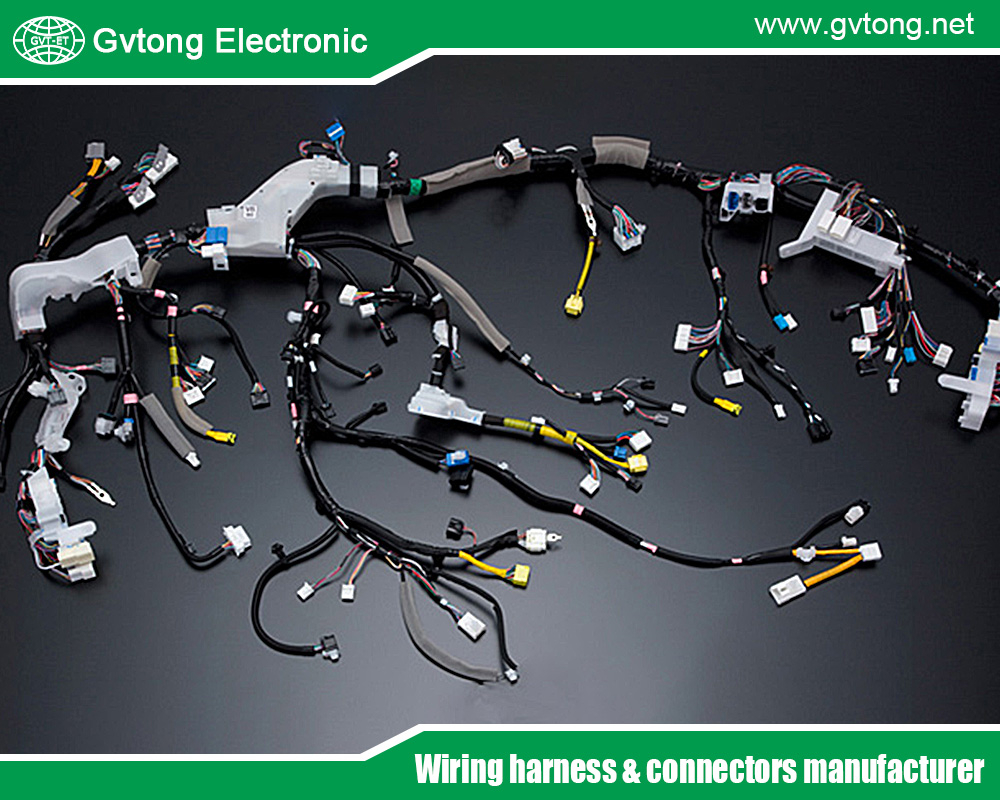
Conclusion
Mobile automotive diagnostic services represent a significant leap forward in vehicle maintenance, offering convenience, time savings, and transparency for busy owners. Their ability to bring advanced diagnostics to your doorstep is ideal for minor issues, emergencies, or fleet management. However, limitations like restricted repair capabilities, dependence on technician expertise, and potential environmental constraints mean they’re not a one-size-fits-all solution. By weighing the pros and cons, researching providers, and understanding your vehicle’s needs, you can decide if mobile diagnostics are the right choice. As automotive technology advances, these services will likely become even more accessible, reshaping how we care for our vehicles.
For more about the ultimate guide to the pros and cons of mobile automotive diagnostic services, you can pay a visit to Gvtong at https://www.gvtong.net/ for more info.

